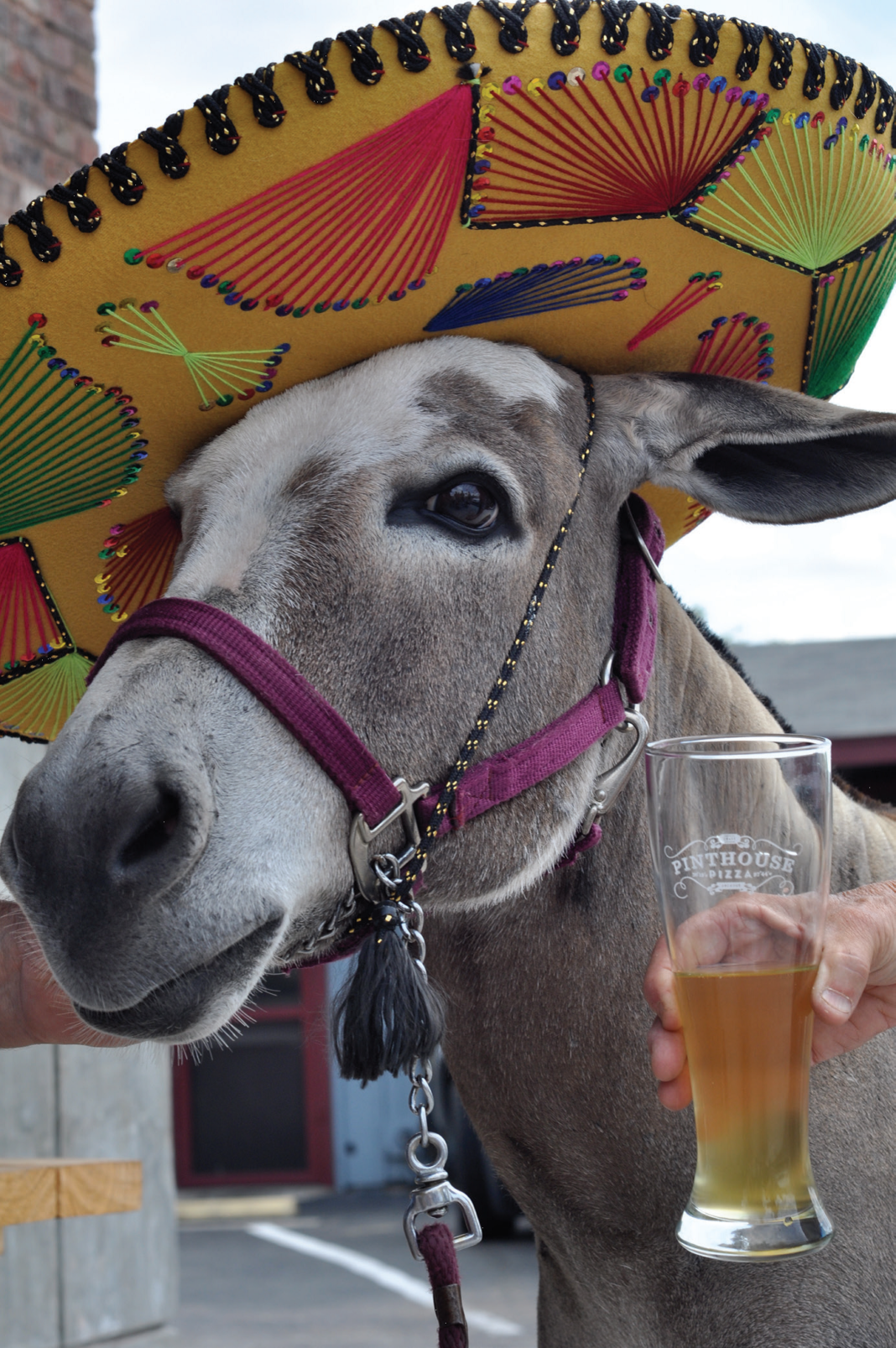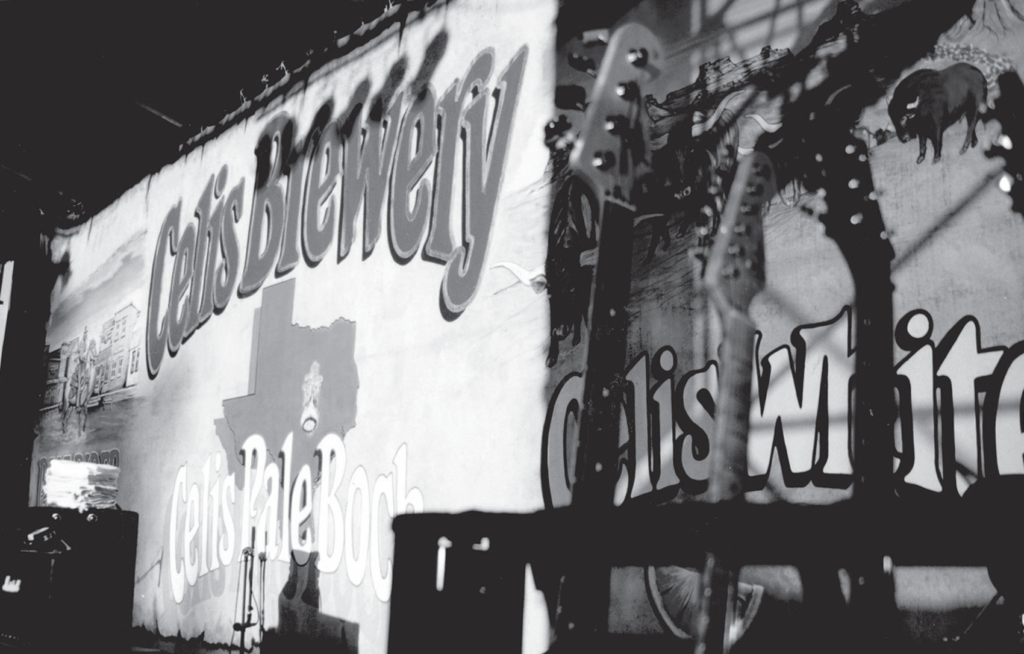
Barley, hops, yeast, and water. That’s what’s in beer. It’s a recipe that is as deceptively simple as Country music, which has its own simple recipe of “three chords and the truth.” Of course, both beer and Country music are famously found in Austin, Texas, and both have a multitude of variations in its city limits. Ever since German and Bohemian settlers came to central Texas with their European tastes and brewing traditions in the late 1800s, Texas has had its share of locally-brewed beer. Recently, the capital city has seen tremendous growth in its beer industry, and in 2012 alone, five new breweries debuted. Today, Austin is filled with breweries, brewpubs, and craft beer bars. In fact, local craft beer is dominating the popular culture, with its pun-y names, bearded hipsters, or call-backs to a colorful corner of Texas history, all making the beer-drinking community fun and lively.

The Grandfather of Austin Brewers
Around 1845, German immigrant Johann “Jean” Schneider, one of Austin’s first commercial brewers arrived in Central Texas. In 1860, Schneider announced the grand opening of his new brewery in the Kirchberg’s Saloon on Congress Avenue. Schneider made traditional German lagers, and followed the German Purity Law, dictating that beer could only be composed of three basic ingredients—water, hops and barley. Later, the Schneider family built a subterranean vault, with high ceilings and low archways, the first of its kind in Austin, to store their product in a colder environment. It was declared a Texas State Historical Site in 2009, and is now used as a private subterranean dining room for the Mexican restaurant La Condesa.

The Renaissance
The less said about Prohibition, the better. In the decades following the doomed national experiment, Austinites enjoyed the rivalry between Lone Star Beer and Pearl Beer, but it wasn’t until the 1990s that the beer scene in Austin really began to take shape as we know it today. In 1990, Belgian immigrant Pierre Celis bought a plot of land outside of town for a brewery. In 1992, Celis Brewery brewed their first batch of witbier, dubbed Celis White. While most Texans had never tasted a Belgian beer before, history and craftsmanship won them over. It didn’t hurt that Celis White was delicious! Soon, Celis’s other beers, Dubbel, Pale Rider, Grand Cru, Raspberry, and Pale Bock, were hits too.
“We had to educate people…People were very unfamiliar with a cloudy wheat beer; they had no idea.”
Christine Celis

The Brewpub Revolution
Even though Celis dominated Austin, Lone Star Beer and a revived nearby Shiner Bock remained popular. In 1993, following years of lobbying, the Texas legislature approved brewpubs, which allowed bars and restaurants to brew and sell their beer on site. The brewpub scene exploded in Austin, with around eighteen brewpubs opened in Texas in the wake of the bill’s passing. In 1995, Texas had thirty-one brewpubs, including the popular Austin brewpubs—Waterloo, Bitter End Brewpub and Copper Tank Brewing Co.

Today
Craft brewing has been embraced in Texas’s capital city to such an extent that it’s impossible to imagine Austin, with the merry confederacy of brewers and beer enthusiasts, without it. The craft brew scene fits perfectly into contemporary hip Austin, all the while enhancing local lore.


